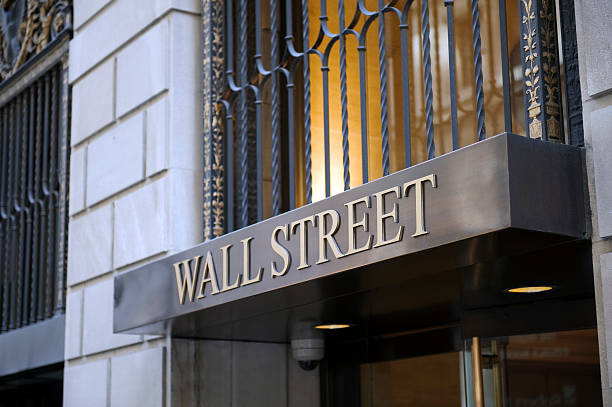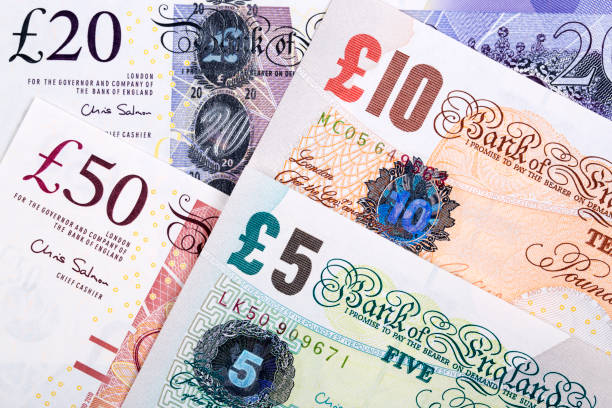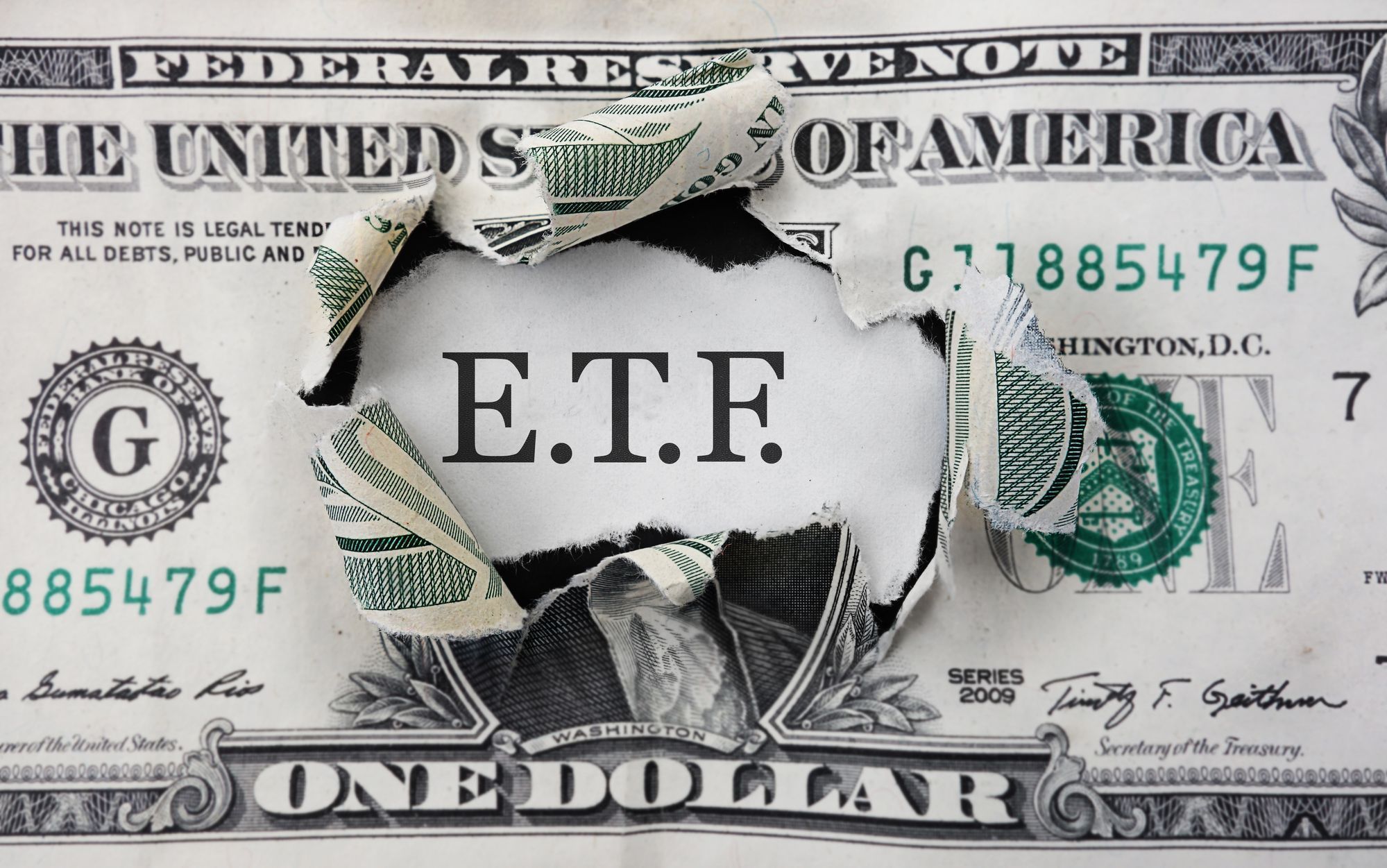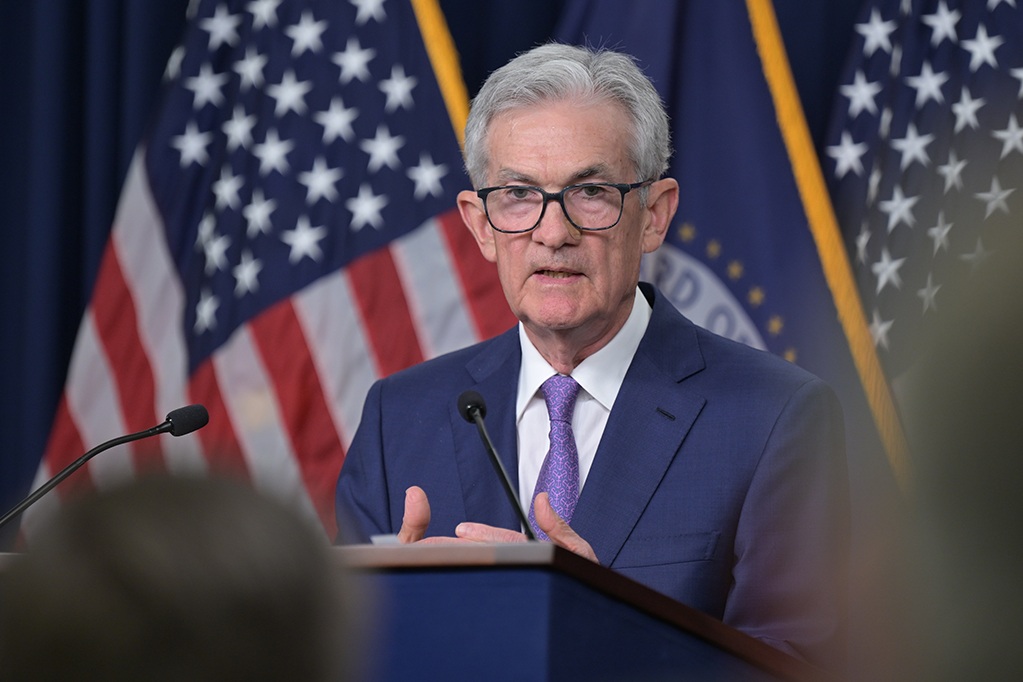EMERGING MARKETS-Latam FX, stocks stable as markets hopeful of US trade deals despite tariffs

By Ragini Mathur and Purvi Agarwal
July 8 (Reuters) - Most Latin American currencies were steady on Tuesday as markets assessed the latest developments in U.S. President Donald Trump's tariff saga and remained hopeful of more trade deals before the new deadline.
Trump intensified his trade war Monday, announcing steep tariffs ranging from 25% for countries including Japan and South Korea to 40% for Laos and Myanmar, among 14 nations.
However, the deadline extension for negotiations to August 1 from July 9 provided a crucial three-week window for affected countries to agree trade deals with the United States, introducing volatility in markets.
Asian currencies such as the won KRW=KFTC and the Thai baht TBH=TH recouped declines to strengthen against the dollar on the day. The Malaysian ringgit MYR= was slightly lower.
South Africa's rand ZAR= also staged a recovery, up 0.1% against the greenback, though paring gains from earlier in the day.
"The letters sent to these countries hinted that there wasn't permanence to the new tariff rates, even after August 1, and so they may have been merely another attempt to gain some negotiating leverage," said Thierry Wizman, global foreign exchange and rates strategist at Macquarie.
"Traders are realizing that the worst case has still been avoided."
The dollar index =USD reversed initial declines to gain 0.5% on the day, adding some pressure to Latin American currencies, though they remained broadly steady.
Chile's peso CLP= fell 0.3%, the most among peers, after consumer prices posted their first monthly drop this year in June and their steepest decline since late 2023, raising expectations the central bank may resume interest rate cuts this month.
Argentina's peso
Colombia's consumer price index rose 0.10% in June, data showed on Monday, which was below analysts' expectations.
Mexico's currency MXN= edged 0.1% lower.
The Brazilian real BRL= jumped 0.6%, outperforming peers, as it recovered from the previous day's losses. However, Brazil's retail sales volumes fell 0.2% in May.
Meanwhile, finance minister Fernando Haddad said he believes inflation will fall within the official target range next year, though noted that potential interest rate cuts would depend on the central bank's assessment of inflation trends.
Brazil's Selic rate has been tightened by 450 basis points since September, with analysts expecting a pause at the next meeting in a potential conclusion to the hiking cycle.
MSCI's index tracking Latin American currencies .MILA00000CUS fell 0.1%, while the stocks gauge for the region .MILA00000PUS slipped 0.2%.
Heavyweight Brazilian stocks .BVSP were little changed while Mexico's .MXX slipped 0.2%. Bourses in other Latam economies were higher.
In other emerging market, Romania's central bank held its benchmark interest rate steady, as expected, warning that recently approved tax increases will drive annual inflation significantly higher in the near term.
Key Latin American stock indexes and currencies at 1437 GMT:
Latin American market prices from Reuters |
|
|
Equities | Latest | Daily % change |
MSCI Emerging Markets .MSCIEF | 1230.45 | 0.35 |
MSCI LatAm .MILA00000PUS | 2345.83 | -0.20 |
Brazil Bovespa .BVSP | 139415.82 | -0.05 |
Mexico IPC .MXX | 57332.67 | -0.16 |
Chile IPSA .SPIPSA | 8299.49 | 0.52 |
Argentina Merval .MERV | 2057336.4 | 0.36 |
Colombia COLCAP .COLCAP | 1691.74 | 0.41 |
|
|
|
Currencies | Latest | Daily % change |
Brazil real BRL= | 5.4534 | 0.62 |
Mexico peso MXN= | 18.68 | -0.11 |
Chile peso CLP= | 945.55 | -0.3 |
Colombia peso COP= | 4049.81 | -0.09 |
Peru sol PEN= | 3.562 | 0.03 |
Argentina peso (interbank) ARS=RASL | 1265 | -0.08 |
Argentina peso (parallel) ARSB= | 1255 | 1.20 |





